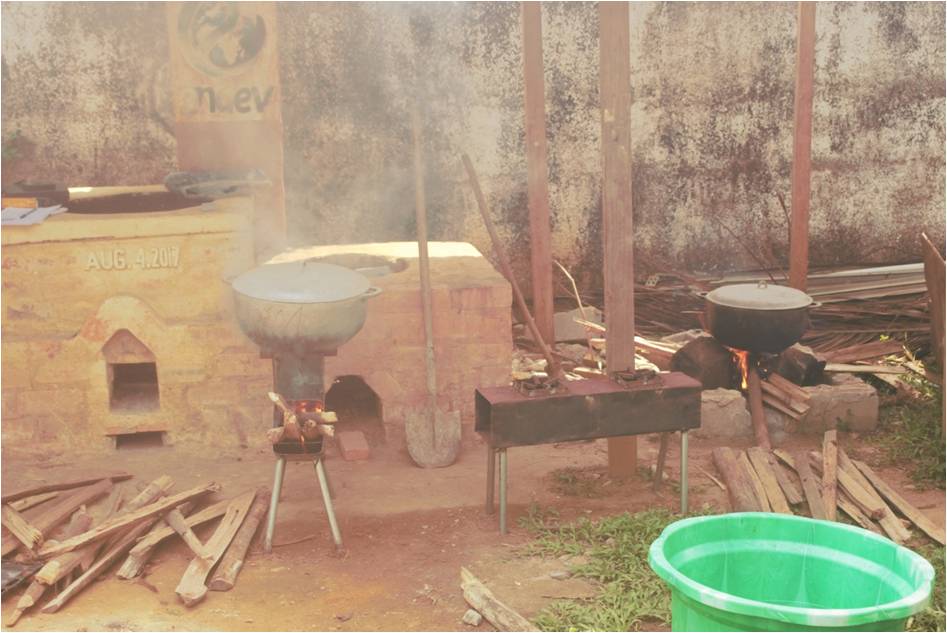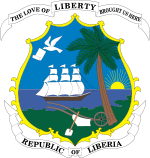We conducted a Regional Water Boiling Test (RWBT) with a prototype for an institutional cookstove. This test is the beginning of a series of tests to build a prototype which fulfills the EnDev criteria of 40% less specific fuel consumption, compared to the baseline stove which is a 3-stone-fire. The RWBT simulates a cooking situation through water boiling. However, this does not represent an actual cooking situation. We need to keep this in mind when we interpret the test results.
It is important to know that our test was carried out in the field not in the laboratory. To guarantee as similar as possible testing conditions in the field we try to choose days with similar conditions (e.g. no wind). External factors like the weather have an impact on the test results. However, running the test in the laboratory does not reflect the real conditions of cooking, therefore we have chosen to run our tests in the field. All our tests are documented in specific testing protocols.
We measure the performance of the stove through the comparison to cooking on the 3-stone-fire. In our tests we cover the parameters fuel consumption, fuel burn rate and time to boil. For this test we boiled 10 liters of tap water on both stoves by using firewood. Therefore we weighed 10 kg of wood for each stove and measured afterwards how much each stove needed to:
- Reach the boiling point of the water
- keep the water boiling for additional 45 minutes.

We chose the RWBT because it is a fast method which we can carry out in our office compound. Furthermore, it is a cheap way of testing as it does not need a lot of resources to run the test, but still we can compare the technical parameters of different stoves with different designs. However, there are also disadvantages of this testing method. We do not cover a “real” cooking situation which could deliver different results. We only focus on technical/quantitative parameters not considering qualitative aspects of stove users like their satisfaction, safety of a stove, costs of a stove model and their particular cooking habits.
There are more testing methods like e.g. the Controlled Cooking Test (CCT) and the Kitchen Perfomance Test (KPT). For more information about stove testing methods click here. You find the presentation of a former workshop about stove testing at the EnDev/GIZ Office in Congo Town, Liberia. You can also find more information on clean cookstoves and testing methods Energypedia at Liberia.


